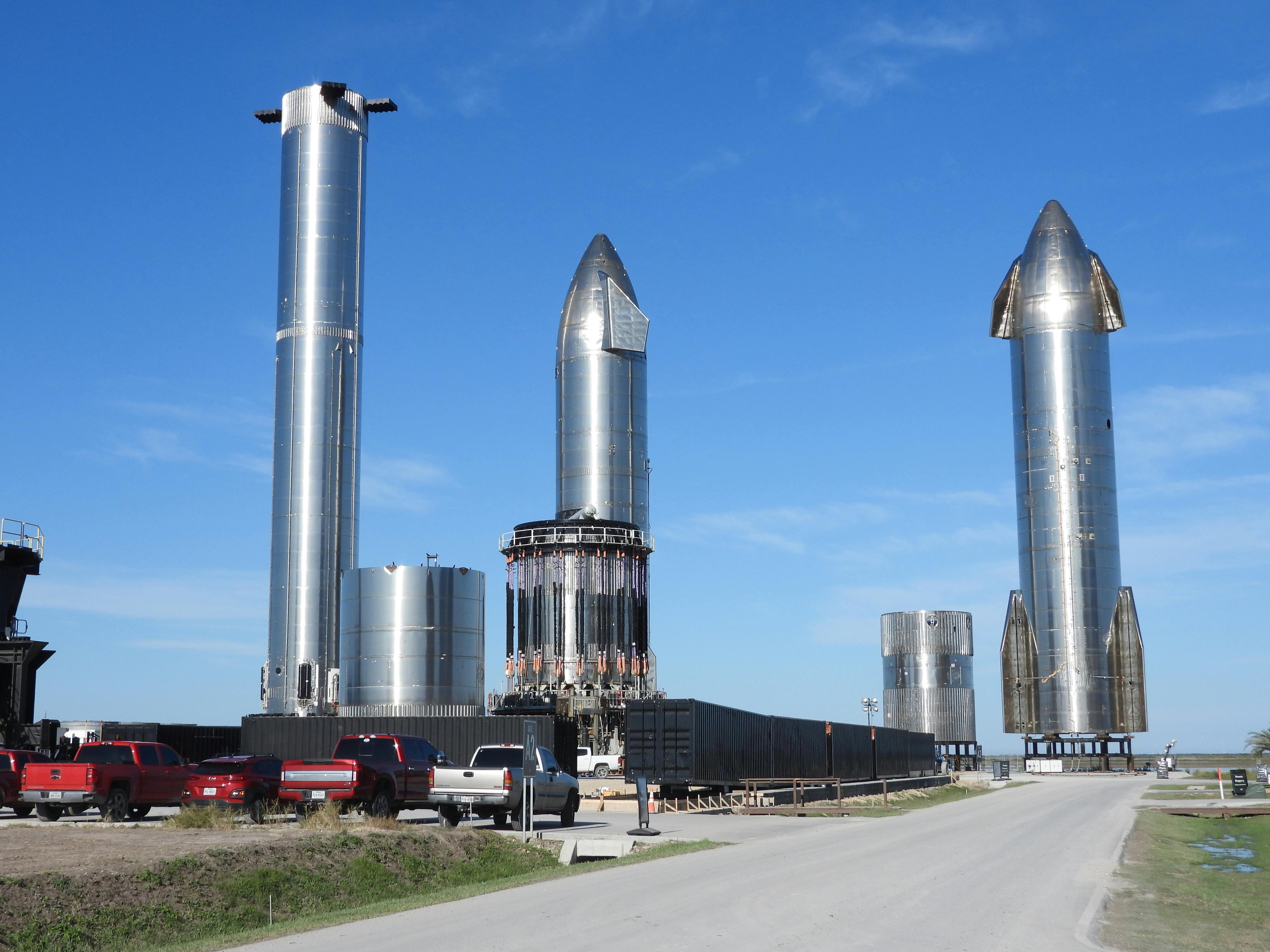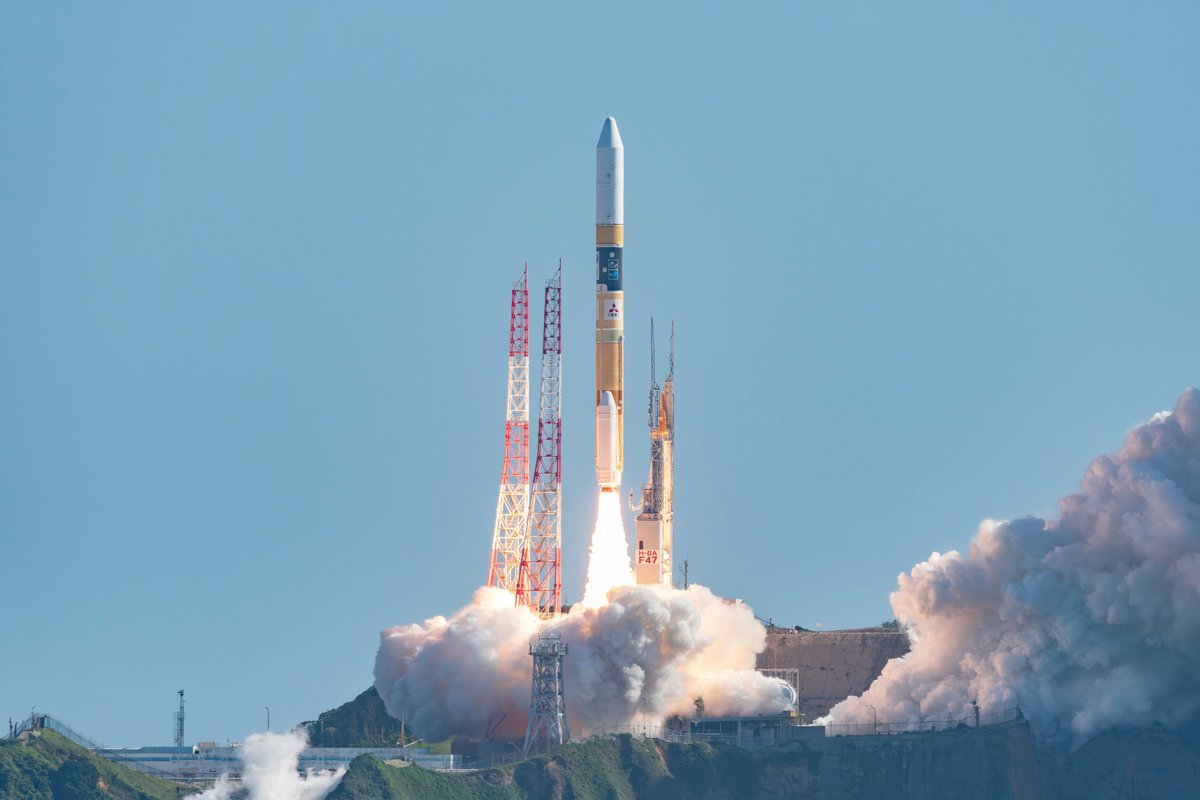· space brief · 6 min read
Space Brief 27 Jul 2025
Busy activities in space: SpaceX's series of Starlink launches dominate the week, while Vega C successfully deploys Earth science satellites.

📄Top Stories
In a bustling week for orbital activities, SpaceX’s Falcon 9 rockets stole the spotlight with multiple Starlink launches from both Florida and California, activating new internet satellite constellations. Meanwhile, Arianespace’s Vega C successfully launched Earth science satellites, highlighting the growing focus on space-based environmental monitoring. Adding to the excitement, China unveiled plans for its ambitious Mars sample-return mission, Tianwen 3.
📰Detailed Coverage
SpaceX Starlink Satellites Launch Back-to-Back
SpaceX continues to expand its Starlink internet constellation with a flurry of launches. On July 26th, a Falcon 9 rocket launched 28 Starlink satellites from Cape Canaveral, Florida. Following up just hours later, another Falcon 9 deployed 24 additional satellites from Vandenberg Space Force Base in California. These back-to-back missions highlight SpaceX’s capability to maintain a rapid launch cadence, fundamental to the global rollout of Starlink services.
The launches were also remarkable for their technical precision, as the missions employed Falcon 9’s reusable booster rockets, showcasing advancements in cost-effective satellite deployment. Starlink’s expanding presence increases opportunities for real-time orbital monitoring, a crucial component of our web app’s satellite tracking features.
Read the full Florida story: Space.com
Read the full California story: SpaceFlight Now
Arianespace Vega C Lifts Off with Earth Science Payloads
On July 25, Arianespace’s Vega C rocket successfully launched from the Guiana Space Centre, carrying five Earth-observing satellites. These spacecraft aim to address key challenges in environmental monitoring, providing valuable data on climate change and natural resources. The Vega C’s increased payload capability compared to its predecessor reaffirms its role in the European space fleet’s ability to conduct important scientific missions.
This launch is pivotal for Earth science as it enables multinational initiatives to model environmental trends, a critical step in climate policy planning. The success of such missions underscores the significance of Earth observation satellites in our web app’s comprehensive tracking and analytical features.
Read the full story: SpaceNews
China Reveals Details of Tianwen 3 Mars Sample-Return Mission
China’s ambitious Tianwen 3 mission, set for a 2028 launch, aims to bring Martian samples back to Earth by 2031. The mission, detailed by chief scientist Hou Zengqian, will advance understanding of Mars’s geological composition, potentially providing insights into the planet’s past habitability. This ambitious project is part of China’s broad plan to position itself at the forefront of planetary exploration.
The mission will involve a complex sequence of landing, sample collection, and a return trip to Earth. As Mars missions increase, the implications for satellite tracking expand, necessitating cutting-edge tools available in our app to follow interplanetary and orbital movements.
Read the full story: Mars Daily
Recap of the Busy Week: Multiple SpaceX Falcon 9 Launches
The week also noted the launch of the TRACERS mission, interspersed with O3b mPOWER satellite deployments. These missions further contribute to global satellite communication capabilities, strengthening data relay infrastructures essential for both commercial and governmental applications. The cadence of launches underscores SpaceX’s role as a key player in the global space economy.
These diverse launches highlight SpaceX’s efficiency and innovation in the commercial satellite sector. For those interested in satellite tracking, such advancements offer new opportunities for enhanced tracking algorithms featured in our app.
Read the recap: NASASpaceFlight
🛰️Satellite Spotlight
- Satellite Name: ONEWEB-0190
- NORAD ID: 48796
- Launch Date: May 28, 2021
- Mission: This satellite is part of the OneWeb project, aimed at providing global communication services through a satellite constellation.
- Orbit: LEO (Low Earth Orbit)
- Operator: OneWeb
- Fun Fact: ONEWEB-0190 is equipped with a Ku-Band payload, which is crucial for delivering high-speed internet services directly to users on the ground.
Track this satellite in real-time on our web app: Track ONEWEB-0190
🌌Space Weather
Space weather conditions are currently quiet.
Current
R0 - S0 - G0
Last 24 Hour Maximums
R0 - S0 - G0
Recent Alerts
- An alert was issued for a geomagnetic K-index of 4, indicating potential impacts such as weak power grid fluctuations and visibility of auroras at high latitudes, particularly in Canada and Alaska.
- A warning has been issued for the expected K-index of 4, valid until July 27, with similar potential impacts as above.
Next 24 Hours
-
Radio Blackouts Probability
- Minor: 40
- Major: 5
- Risk: None
-
Solar Radiation
- Probability: 1
- Risk: None
-
Geomagnetic Storming
- Scale: 1
- Impact: minor
- Activity: Moderate
-
Impact Summary
- Next 24 hours: No risk of radio blackouts or solar radiation storms.
- Moderate geomagnetic activity with minor geomagnetic storms expected.
- G1 (Minor) geomagnetic storms are likely due to the anticipated passage of a CME from July 23.
- No significant activity is present to favor radiation storm production.
Long Term Forecast
- Solar activity is expected to remain mostly low with potential for M-class (R1-R2, Minor to Moderate) flares during the forecast period.
- No proton events are anticipated at geosynchronous orbit.
- High levels of greater than 2 MeV electron flux are expected on specific dates due to recurrent CH HSS influences.
- Geomagnetic field activity is expected to reach active to G1 (Minor) storm levels on several specific dates due to recurrent CH HSS effects, with quiet to unsettled levels on remaining days.
🚀Upcoming Space Launches
July 27
- China Aerospace Science and Technology Corporation Long March 6A:
- Unknown Payload from Taiyuan Satellite Launch Center, People’s Republic of China (09:55 UTC)
July 28
- Gilmour Space Technologies Eris-1:
- Maiden Flight from Bowen Orbital Spaceport (21:30 UTC) Maiden flight of Gilmour Space’s orbital launch vehicle Eris.
July 29
- i-Space Hyperbola-1:
- Unknown Payload from Jiuquan Satellite Launch Center, People’s Republic of China (04:03 UTC)
July 30
-
SpaceX Falcon 9 Block 5:
- Starlink Group 10-29 from Cape Canaveral SFS, FL, USA (03:30 UTC) A batch of 27 satellites for the Starlink mega-constellation - SpaceX’s project for space-based Internet communication system.
-
China Aerospace Science and Technology Corporation Long March 8A:
- SatNet LEO Group TBD? from Wenchang Space Launch Site, People’s Republic of China (07:41 UTC) A batch of Low Earth Orbit communication satellites for the Chinese state-owned SatNet constellation.
-
Indian Space Research Organization GSLV Mk II:
- NISAR (NASA-ISRO Synthetic Aperture Radar) from Satish Dhawan Space Centre, India (12:10 UTC) The NASA-ISRO Synthetic Aperture Radar will map the elevation of Earth’s land and ice masses to observe complex natural processes.
-
SpaceX Falcon 9 Block 5:
- Starlink Group 13-4 from Vandenberg SFB, CA, USA (15:39 UTC) A batch of 19 satellites for the Starlink mega-constellation - SpaceX’s project for space-based Internet communication system.
July 31
- Rocket Lab HASTE:
- JAKE 4 from Wallops Flight Facility, Virginia, USA (01:45 UTC) Sub-orbital launch under Rocket Lab’s Hypersonic Accelerator Suborbital Test Electron (HASTE) program.
Note: Launch dates and times are subject to change due to technical or weather considerations.

Maurice Stellarski





